
All categories
Featured selections
Trade Assurance
Buyer Central
Help Center
Get the app
Become a supplier

(1741 products available)















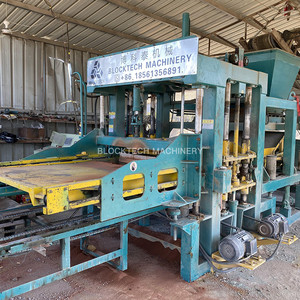
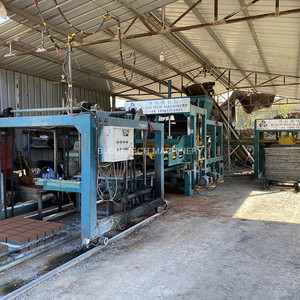

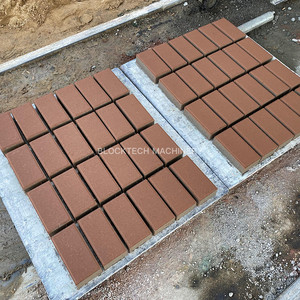









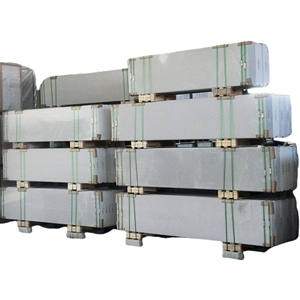




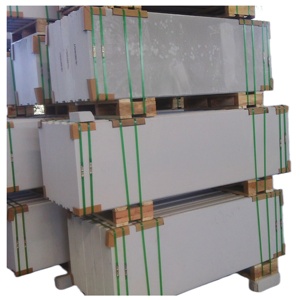

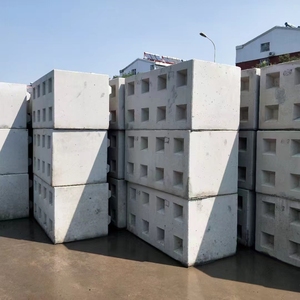


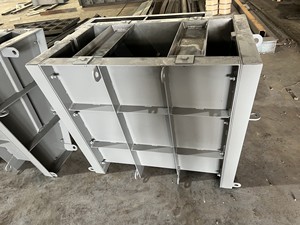










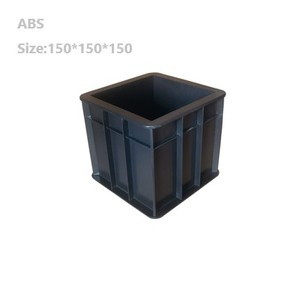

There are various types of cement precast concrete block forms, which can be grouped according to their design, usage, or other features. According to their design and functionality, the following ten types of block forms are popular.
Care:
Strictly follow manufacturer's care and cleaning instructions. This will help maintain its integrity and finish, and the maintenance cost will be reduced.
Clean:
After use, clean up any debris, dirt, or residue quickly. This will prevent build-up and ensure a clean surface for the next use.
Wash:
Sometimes, it's necessary to wash the form with mild detergent and water. Be careful not to damage the surface.
Storage:
Store forms in a dry, covered area away from extreme temperatures. This will prevent warping, cracking, or damage. Keeping them off the ground can avoid moisture transfer and damage.
Cement precast concrete block forms are very useful during construction. They can be used to make concrete blocks for walls or to create blocks with cut-outs and features for utilities infrastructure.
One of the most common uses of cement precast concrete block forms is creating concrete blocks or slabs for foundations, load-bearing walls, and non-structural walls. Using cement precast, one can create a uniform concrete block that will have the strength to support heavy loads. Besides, using cement precast concrete block forms can help companies save time and money by allowing them to make multiple products quickly and easily.
Cement precast concrete block forms with cut-outs and features can make interlocking blocks of variable shapes that can be used for water management systems like drainage, sewage, or sanitarywater pipelines, manholes, inspection chambers, and canal and ditch liners. The customized features of the blocks made with the cement precast concrete block form can cater to specific functional requirements like flow regulation and access for maintenance. Because the blocks are often heavy-duty, they can ensure durability and performance.
The above are just a few examples of how companies can use cement precast concrete block forms to create products for their customers. By using these forms, companies can quickly mass-produce high-quality concrete products that meet their customers' needs.
Choosing the right concrete block forms is crucial to ensure product consistency, streamline the production process, reduce costs, and meet quality standards. Here are some helpful tips:
End product specification analysis
Analyze the specification of the end product, including its size, shape, and performance characteristics. This is to determine the concrete forms needed to match these specifications.
Evaluate compatibility with available materials
Assess the compatibility of the forms with the types of cement and concrete mixes to be used. Specifically, choose forms that work well with the chemical and physical properties of the materials to maintain product quality.
Assess production capacity needs
Consider the capacity required to meet production demands. Opt for forms that can efficiently produce the desired quantity of blocks within the required timeframe to meet market demands.
Cost-effectiveness analysis
Evaluate the cost-effectiveness of different forms by considering factors such as initial cost, maintenance expenses, and production efficiency. Choose forms that balance upfront investment and long-term operational costs.
Source sustainability and environmental impact
Select forms sourced sustainably and assess their environmental impact. Opt for materials and manufacturing processes that minimize ecological damage.
Q1: How can one improve the quality of precast concrete blocks?
A1: There are various ways to improve the quality of precast concrete blocks. One can consider using higher-grade cement to enhance strength, introduce admixtures to improve durability, and ensure precision in block forms to achieve uniformity and avoid variation.
Q2: What are the latest trends in the precast concrete block industry?
A2: The latest trends in the precast concrete block industry include sustainable practices such as the use of recycled materials, advanced technology such as automated production systems to enhance efficiency and precision, and multifunctional blocks that integrate drainage and insulation.
Q3: What are the legal requirements for the precast concrete blocks industry?
A3: Industry-specific regulations such as the precast concrete framework standards and the building code must apply to ensure safety, quality, and environmental compliance. It's also important to comply with local zoning laws and land regulations and obtain the necessary permits for operation.